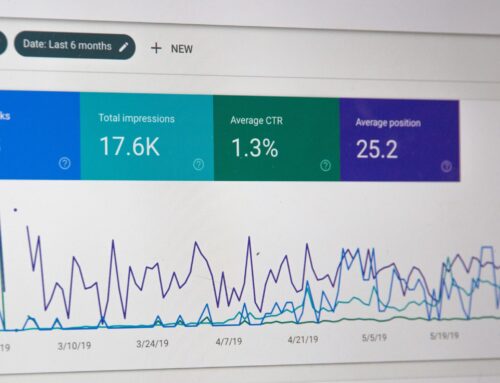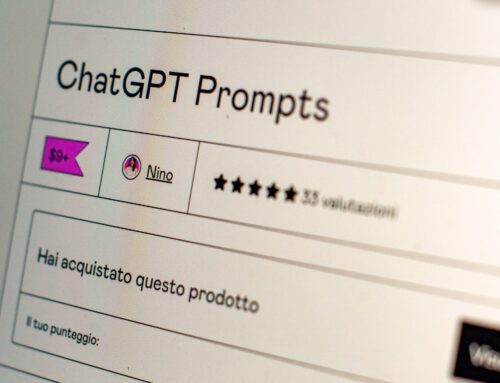
The more we study learning, the clearer it is that no learner is the same. Modern learning theory supports a shift towards more personalized learning. If everyone learns differently, then there’s simply no way that everyone’s learning can be maximized by being taught the same material in the same way. If you’re wondering what steps you can take to get every learner at a similar competency level, personalized learning is a good place to start. Let’s explore three of the main reasons.
1. Increases Engagement
A personalized course is more likely to keep learners engaged. This is true even if it’s as simple as the learner selecting their own avatar, or as sophisticated as them having their own specific learning pathway. The more tailored the content is towards the learner’s needs, the more engaging it’s likely to be. This is important because an engaged learner is more likely to retain information and better apply it later. Productivity and competency also tend to improve along with engagement.
2. Allows Learners to Pace Themselves

One of the biggest obstacles learners face is not being able to focus on the specific content that they need to hone in on. A one size fits all course is unlikely to go into the depth that many learners will need on specific subjects. With differences in learning, comes differences in strengths and weaknesses, so there needs to be some way that learners can focus on the content where they are struggling. Often times, learners themselves might not necessarily know if they need to spend more time on a specific section, so help from the training material itself can be extremely beneficial. This can be achieved by including comprehensive pre and post-tests in your course. Depending on how each learner scores, the program will tell them what sections they need to focus on and have protocols in place to make sure that they work harder in those areas.
3. Makes Training More Efficient
In addition to helping learners focus where they need to, personalized learning also helps prevent learners from wasting time on content that they already excel in. Your pre and post-tests are crucial for this as well. With a minimum score in mind, your course should show whether or not the learner needs to focus on a section, skim through it, or even skip it altogether. This can be as simple as color-coding the scores, or including signs like checkmarks, open squares, and X’s.
This whole process would significantly help to make your training more efficient. And the more efficient training is, the sooner workers can begin implementing what they’ve learned. This can help you get more competent employees quicker, while also saving money on potentially wasted labor.
Conclusion
It may be tempting to create a one size fits all course due to costs in time and money. But it would probably be in your best interest to try and take that extra step to make your learning more personalized. Take your time to design content that meets the user where they’re at and helps them move along at their own pace. This extra step can help you engage your learners better, help them shift their focus to where it’s needed, and save money through more efficient training.




